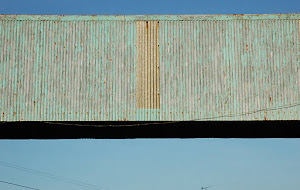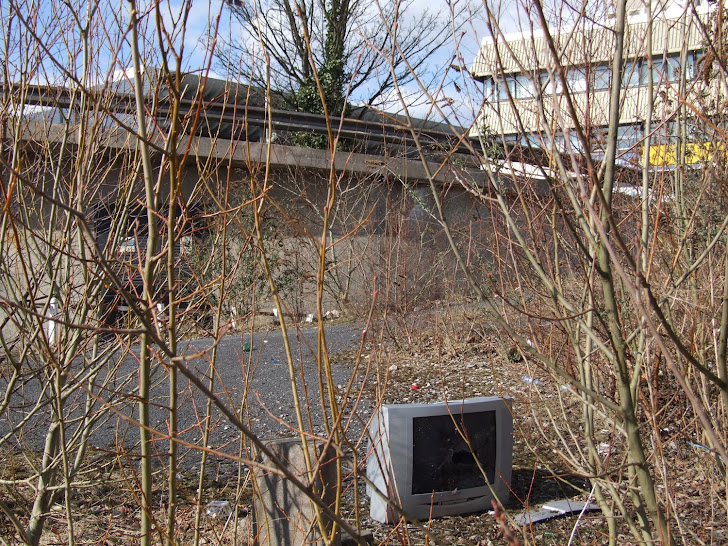Whatever it may be it puts its mark back into the urban swirl of change and domineering zones of commerce. There is a growing trend of not-so-much nostalgia but of the need for something that summons a past, a story, a history...something that shows us that something has gone but not forgotten. Ironically it is some of the spaces with traces of before lives that is just about left. We see the beauty in derelict things and we are able to reflect or meditate, for now at least.
The zones of our cities are new, calculated, clinical and carefully mapped for instruction so that space recedes and all pasts with it too...










